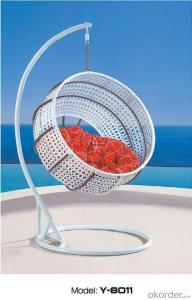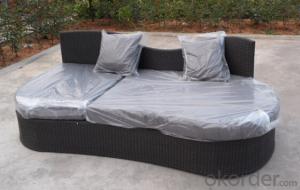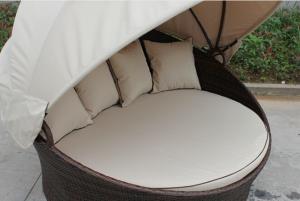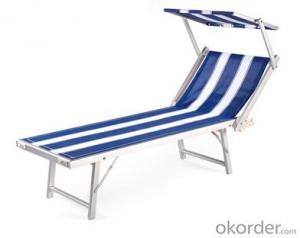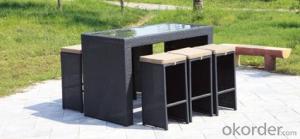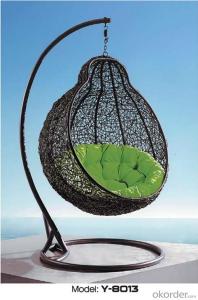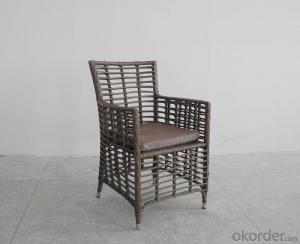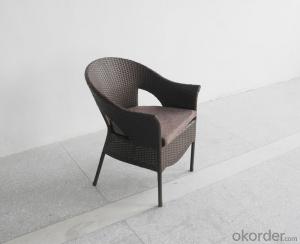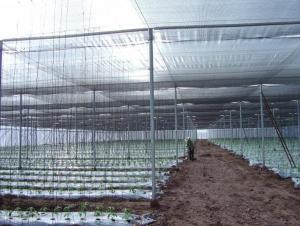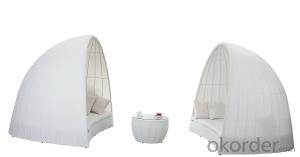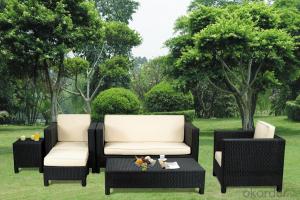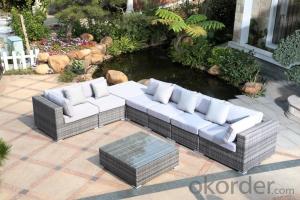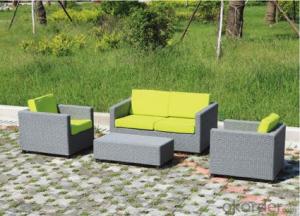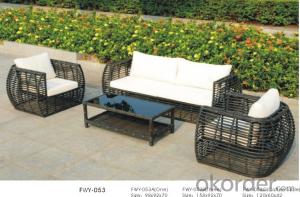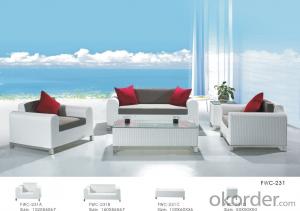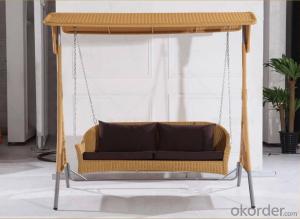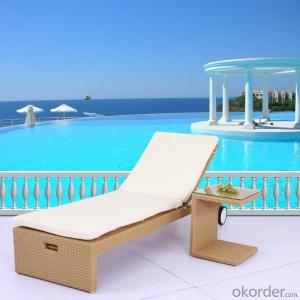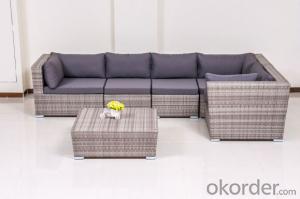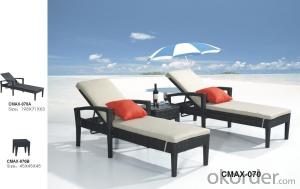Outdoor Solar Inverter Cover
Outdoor Solar Inverter Cover Related Searches
Teal Accent Chair With Arms Galvanized Steel Garden Beds Stainless Steel Patio Heater light bond plus aluminum 24 X 50' Aluminum Trim Coil Aluminum Trim Coil 24 X 50 Aluminum Grate Mesh 1/8 Aluminum Flat Stock Outdoor Furniture Cast Iron E Revo 2.0 Aluminum Skid PlateHot Searches
Used Hotel Patio Furniture For Sale Wicker Stools For Sale Outdoor Led Screen Price Alcoa Aluminum Stock Price Today 1 4 Aluminum Plate Home Depot 1/4 Aluminum Plate Home Depot 1 8 Aluminum Plate Home Depot Outdoor Led Screen Cost Outdoor Led Screen Manufacturers Outdoor Led Signs Wholesale 1/2 Inch Aluminum Plate Near Me 1/4 Inch Aluminum Plate Near Me 1 4 Inch Aluminum Plate Near Me Outdoor Led Signs Prices Led Signs Outdoor Prices Aluminum Trim Coil Near Me 1/2 Aluminum Plate Near Me 1 4 Aluminum Plate Near Me 1/4 Aluminum Plate Near Me 3/8 Aluminum Plate Near MeOutdoor Solar Inverter Cover Supplier & Manufacturer from China
Okorder.com is a professional Outdoor Solar Inverter Cover supplier & manufacturer, offers integrated one-stop services including real-time quoting and online cargo tracking. We are funded by CNBM Group, a Fortune 500 enterprise and the largest Outdoor Solar Inverter Cover firm in China.Hot Products
FAQ
- The power factor of a solar inverter is a measure of how effectively it converts the DC power generated by solar panels into AC power that can be used by electrical devices. A high power factor indicates efficient conversion, while a low power factor signifies energy losses.
- The maximum number of parallel inverters that can be connected depends on various factors such as the design and capacity of the inverters, the load being powered, and the electrical infrastructure. However, in general, there is no fixed maximum number as long as the inverters are properly sized, synchronized, and connected in a well-designed electrical system.
- Yes, a solar inverter can be used with different types of energy management systems. Solar inverters are designed to convert the direct current (DC) generated by solar panels into alternating current (AC) that can be used to power various electrical devices. They are compatible with different energy management systems, including grid-tied systems, off-grid systems, and hybrid systems. The inverter's main function is to ensure the efficient and safe conversion of solar energy, regardless of the type of energy management system it is paired with.
- A solar inverter does not have a direct impact on the overall aesthetics of a solar installation as it is typically installed indoors or in a separate enclosure. The inverter's primary function is to convert the DC electricity generated by the solar panels into usable AC electricity for consumption. However, it is important to choose an inverter that is compatible with the installation's design and size to ensure efficient operation and minimal visual impact.
- Yes, a solar inverter can be used in areas with high dust and dirt accumulation, but it is important to take certain precautions and maintenance measures to ensure its proper functioning. Dust and dirt can accumulate on the surface of the solar panels, reducing their efficiency over time. This can also affect the performance of the solar inverter since it relies on the energy generated by the solar panels. To mitigate the impact of dust and dirt, regular cleaning of the solar panels is essential. This can be done by using a soft brush or sponge and mild detergent mixed with water. It is important not to use abrasive materials or excessive water pressure, as this can damage the panels. Additionally, installing the solar panels at an angle and positioning them to face the sun can help in reducing the accumulation of dust and dirt. Moreover, some solar inverters are designed with built-in protection against dust and dirt. These inverters usually have IP65 or higher ratings, which means they are dust-tight and can withstand water jets. Choosing such inverters can provide an added layer of protection against the adverse effects of dust and dirt accumulation. Overall, while a solar inverter can be used in areas with high dust and dirt accumulation, regular maintenance and proper cleaning of the solar panels are crucial to ensure optimal performance and longevity of the system.
- Solar panels must adhere to certain limitations in terms of their angle when using a solar inverter. The efficiency and overall performance of solar panels can be influenced by the angle at which they are installed. Ideally, solar panels should be positioned at an angle that allows them to receive the maximum amount of sunlight throughout the day. Typically, solar panels are designed to function optimally when installed at an angle that matches the latitude of the location. This angle enables the panels to capture the most sunlight during peak hours. However, this is not an absolute rule, as variations are feasible depending on specific location and climate conditions. If solar panels are installed at angles that are excessively steep or shallow, it can result in decreased energy production. Steep angles may cause sunlight to be lost during certain times of the day, while shallow angles may not allow for optimal sunlight absorption. Moreover, extreme angles can increase the risk of damage from wind or other weather conditions. It is worth noting that modern solar inverters often incorporate advanced tracking and monitoring technologies, which can adapt to different panel angles and orientations. These features can optimize energy production by adjusting the inverter settings based on the real-time performance of the panels. Ultimately, while there are limitations concerning the angle of solar panels, it is crucial to ensure that they are installed in a manner that maximizes their exposure to sunlight throughout the day, in order to achieve the highest possible energy production.
- Yes, there are government incentives for installing a solar inverter. Many countries offer financial incentives such as tax credits, grants, or rebates to encourage the adoption of renewable energy technologies like solar inverters. Additionally, some regions may have specific programs or initiatives that provide additional support or incentives for solar inverter installations. It is advisable to research and consult with local authorities or renewable energy organizations to determine the specific incentives available in your area.
- The efficiency of a solar inverter plays a critical role in determining the overall system performance. A higher efficiency inverter converts a greater percentage of the incoming solar energy into usable electricity, resulting in increased energy production. This ultimately leads to higher system output and improved performance. Additionally, a more efficient inverter reduces energy losses and improves the overall system's reliability and longevity. Lower efficiency inverters, on the other hand, can result in energy wastage and reduced system performance. Therefore, selecting a highly efficient solar inverter is essential for maximizing the overall performance and energy output of a solar power system.

